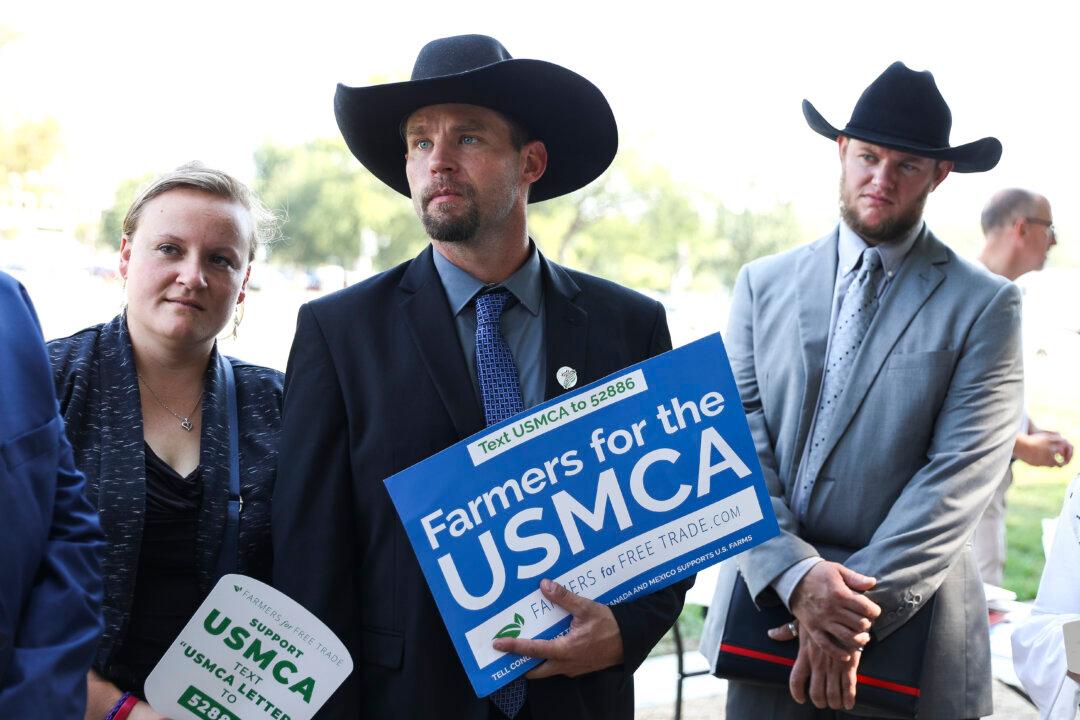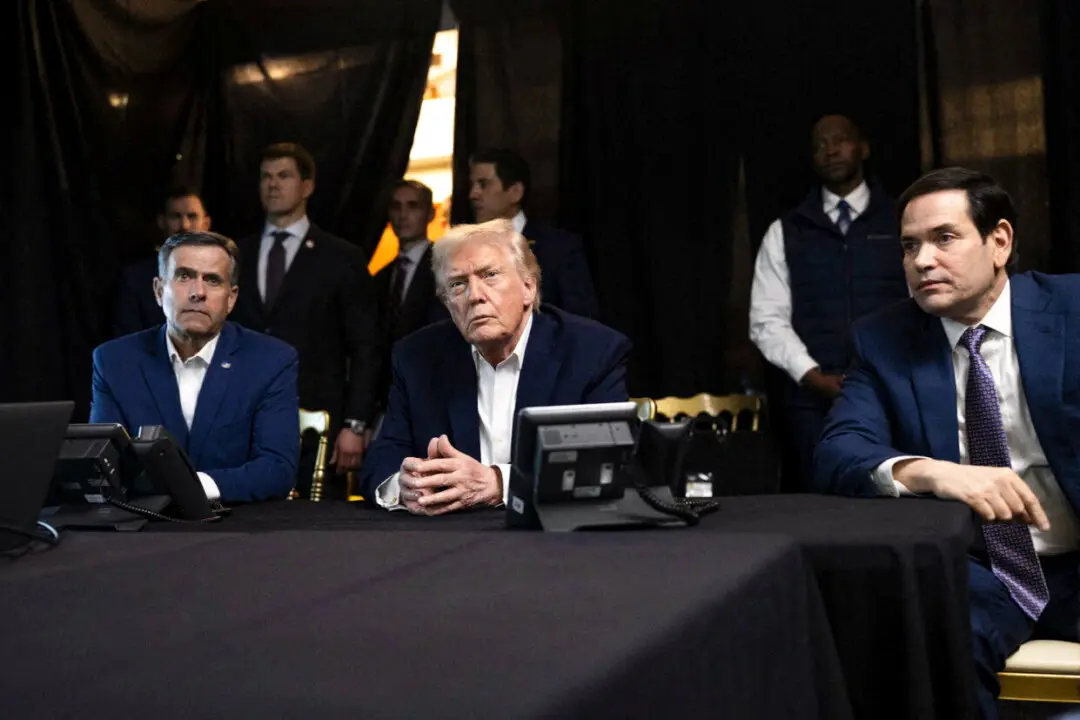WASHINGTON—The new trade agreement between the United States, Mexico, and Canada took effect on July 1, opening a fresh era in North American free trade.
The agreement contains new “rules of origin” on cars, which incentivize the use of high-wage labor in auto manufacturing and make U.S. and Canadian workers more competitive vis-a-vis Mexican workers. It also expands market access for U.S. farmers and ranchers.





